How to Distinguish Good Sand Molding for Casting
How to Distinguish Good Sand Molding for Casting
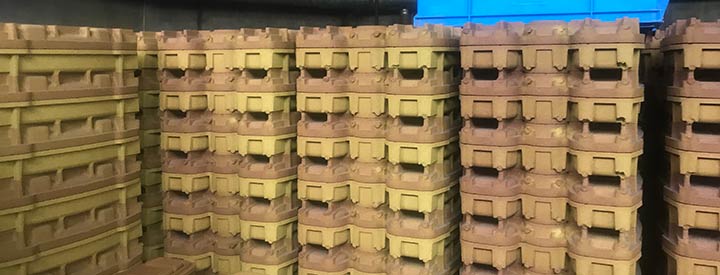
sand casting molding from Yide casting
The material used to make molds for casting is called molding material. The molding material used to make sand mold is customarily called mold sand. And the material used to make sand core is called core sand. Generally, mold sand is made from a mixture of raw sand with 9% clay and 6% water. In some cases, adding a small number of additionals such as coal powder, vegetable oil and wood chips can improve the performance of mold and core sand. The quality of mold and core sand directly affects the quality of the casting. Bad quality of mold sand will cause defects such as pores, sand eyes, sticky sand, and sand inclusion in castings. The molding sand of quality should have the following properties:
-
The breathability of Sand Casting Molding
When the high-temperature metal liquid is poured into the mold, it will be filled with a large amount of gas, which must be vented out. Thus, a good sand mold for casting needs to have a good breathability, which is a property of letting the gas go out through the cavity.
Otherwise, the casting will produce pores, misrun and other defects. The factors affecting the density of the mold includes grain size, clay content, moisture content and mold compaction. The finer the grain size, and the higher the clay, moisture content and mold compaction, the worse the density.
-
Strength of Sanding Casting Molding
Sand strength means the property of the sand resistance to external force damage. The sand must have sufficiently high strength in order not to cause a collapse in the process of modeling, handling and assembling, and not to damage the cast surface when pouring. The strength of the sand should not be too high, otherwise, it will cause defects due to the density and deformability decline.
-
Fire resistance
High-temperature melton iron poured into the casting produces a strong thermal effect. And thus the sand must have the property of resisting high-temperature thermal effect. If the molding material has poor fire resistance, the casting is prone to cause burn-on. The higher content of SiO2 and the larger the sand particle, the better the fire resistance.
-
Plasticity
Plasticity refers to the ability of mold sand to recover to its existing shape after deforming under the action of external forces. The mold operation will be convenient, if the plasticity of molding material is good, and the shape of the mold is accurate, the contour is clear as well.
-
Deformability
The volume of casting will shrink in the condensation process. Hence the molding sand should have a certain compression capacity. If the deformability of the sand is not good, the casting is prone to cause internal stress or cracking. The tighter the sand, the worse the deformability. Adding wood chips to the sand can improve the deformability.
Yide Casting produces casting irons via sand casting molding, equipped with two automatic production lines imported from Germany, which has a fully complete automatic system like automatic sand pressing machinery parts, automatic melton iron pouring system, etc. – a fully casting production system. Thus Yide Casting can provide high-quality casting products with fast production efficiency.
If you are looking forward to a professional casting plant from China, or you want an OEM service for your casting parts in machinery, please don’t hesitate to contact us for more details.


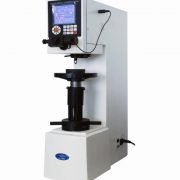
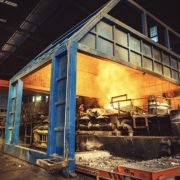
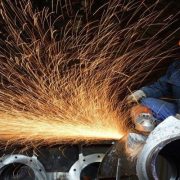
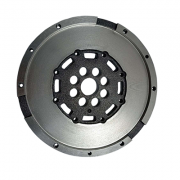
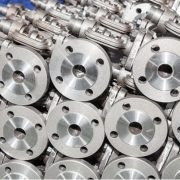


Leave a Reply
Want to join the discussion?Feel free to contribute!